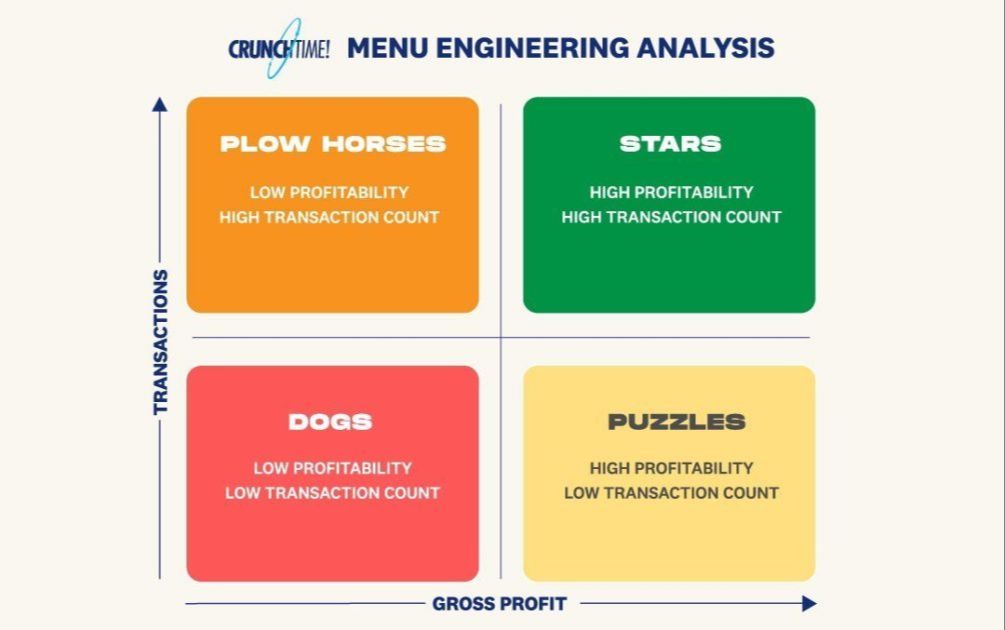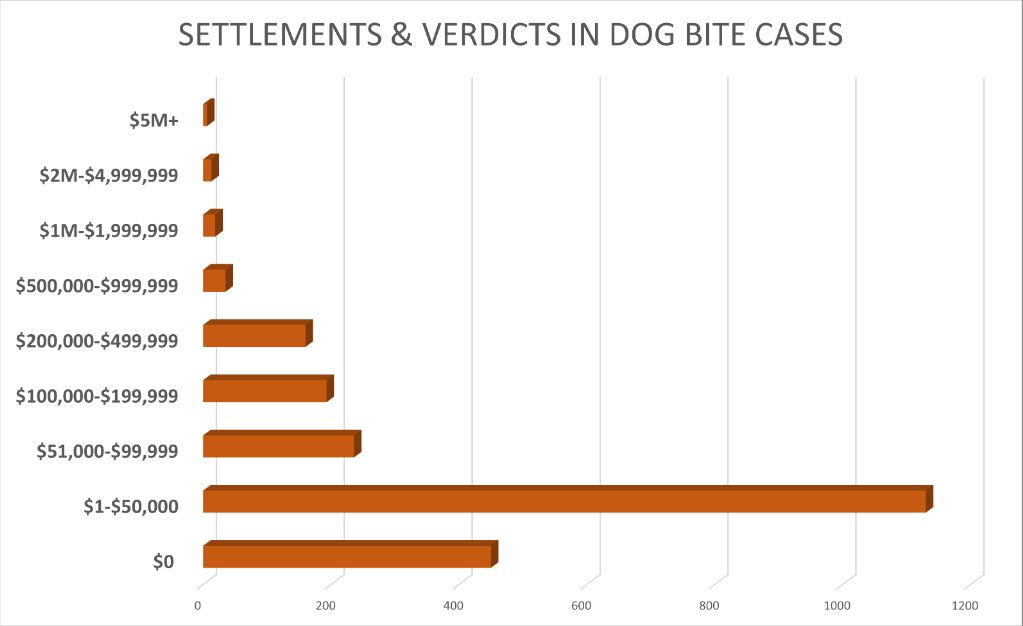Introduction
Dog cafes first emerged in Taiwan in the late 1990s before spreading in popularity across Asia and eventually to Western countries like the United States and United Kingdom. The concept involves a cafe where people can interact with dogs while enjoying food and drinks. Dog cafes provide a way for people to get canine companionship without owning their own dog.
This particular dog cafe opened in [CITY] in [YEAR]. It was founded by [NAME], a dog lover who wanted to create a relaxing space where local dog enthusiasts could spend time with adorable pups. The cafe housed [NUMBER] adoptable dogs from local shelters and rescues. Customers could play with, pet, and snuggle the dogs while sipping on coffee, tea, and eating treats. For several years, the cafe was a popular neighborhood spot.
However, after [NUMBER] years in business, the dog cafe ultimately closed down due to a number of challenges that made continued operations unsustainable.
High Startup Costs

Opening a dog cafe requires significant upfront investment, with high startup costs being a major challenge. Initial expenses include renovating the space to be dog-friendly, purchasing supplies and treats, and investing in marketing to attract customers.
A key cost is renovating the facility to accommodate dogs. This involves installing non-slip floors, dog-friendly seating, outdoor spaces for dogs to relieve themselves, and dog washing stations. Waterproofing the space is also advised to handle accidents. According to Starter Story, renovations can cost $15,000 to $100,000 depending on the scope.
Dog cafes need a large initial inventory of dog supplies and treats. Bowls, leashes, toys, beds, and grooming tools must be purchased. Premium dog treats and food are also required to serve canine customers. This can amount to thousands in upfront costs.
Significant marketing spending is required early on to raise awareness and attract customers. Special events, promotions, advertising, and social media campaigns are needed to stand out in a competitive market. The high costs of marketing activities and promotions can present financial hurdles in the beginning.
Ongoing Operational Costs
Running a dog cafe comes with considerable ongoing operational expenses. One major cost is staffing. Dog cafes require employees for serving food and beverages as well as caring for the resident dogs, which involves duties like feeding, grooming, exercising, and cleaning up after the animals. According to DogCafe.Weebly.com, a dog cafe needs at minimum 1 barista, 1 dog handler, and 1 manager on staff during operating hours, driving up labor costs significantly [1].
Another recurring cost for dog cafes is maintenance and cleaning. The cafe space needs regular cleaning to keep up sanitation and hygiene standards. Additionally, the dog play and rest areas require vigilant cleaning and disinfecting to prevent the spread of germs and keep dogs healthy. Dog hair, dirt, and accidents all contribute to heightened cleaning requirements. Proper ventilation and air filtration systems may also be necessary to maintain air quality [2].
Liability insurance is an essential ongoing expense for dog cafes to cover any incidents or injuries involving dogs. Policies need to account for customers as well as the resident dogs. Comprehensive insurance plans are recommended to mitigate risks from dog bites, property damage, or other liability exposures in the cafe environment.
Profitability Challenges
Dog cafes often face profitability challenges due to having lower customer spend compared to regular cafes, yet higher operating costs associated with caring for the dogs.

While the average customer spend at a regular cafe may be $5-10 per visit, the average spend at a dog cafe is often closer to $3-5 according to industry research. With lower revenue per customer, it can be difficult for dog cafes to charge enough to cover the significant expenses associated with housing and caring for dogs, such as food, supplies, vet bills, staffing, and facilities.
According to FinModelsLab, while profit margins can vary, hot dog cafes tend to have a profit margin around 10-20%. This slim profit margin makes it hard for dog cafes to absorb extra costs.
To improve profitability, dog cafes need to carefully calculate their pricing and find ways to boost customer spend through premium drinks, snacks, retail items, and other creative revenue streams.
Health Regulations
Dog cafes face strict health regulations when it comes to allowing dogs in eating spaces. The FDA’s Food Code states that restaurants can permit pet dogs in outdoor dining spaces with approval from local regulators (https://www.usatoday.com/story/money/restaurants/2023/05/15/dog-friendly-restaurants-whats-law/70218079007/). However, health departments have extensive rules about maintaining cleanliness standards in any restaurant allowing dogs.
For example, in New York City, the health department requires dog-friendly restaurants to keep dog food and water bowls out of food prep and serving areas. Additionally, dogs cannot come into contact with any serving utensils, tableware, linens, or single-service/single-use items. Employees must wash their hands after touching or petting any animals (https://www.nyc.gov/assets/doh/downloads/pdf/rii/dog-dining-factsheet.pdf). Other jurisdictions have similar handwashing rules after contact with pets before returning to food service.
Restaurants that allow dogs must take steps to prevent contamination from pet fur, saliva, or waste. This includes thorough cleaning of all dining surfaces between guests. Health departments caution that the presence of live animals introduces unpredictable factors that could compromise food safety.
Liability Risks
Dog cafes carry significant liability risks related to potential dog bites or other injuries. Dogs, even the friendliest ones, can be unpredictable around strangers and if provoked or scared. If a customer gets bitten or injured, the business is likely liable.

According to an article on Live 5 News, an incident at the Salty Dog Cafe in South Carolina resulted in a lawsuit after a customer was bitten on the face requiring stitches. The customer claimed the cafe did not properly warn about risks. The cafe eventually settled.
To prevent issues, dog cafes need proper insurance coverage for dog bites and attacks. But policies can be expensive. Coverage may exclude certain dog breeds perceived as aggressive. Proper safety protocols and training are also critical to minimize risks.
Sources:
https://www.live5news.com/video/2022/03/04/video-salty-dog-cafe-lawsuit/
Customer Experience Issues
Some customers had issues with the overall experience at dog cafes. Dogs barking and misbehaving could create an unpleasant environment for patrons according to a Reddit poster who complained of a dog “Jumping on everyone and barking loudly” at a dog cafe (Source). For people with allergies or a fear of dogs, being in close proximity to dogs could make dog cafes uncomfortable. One review of the Lost Dog Cafe mentioned they “don’t allow enough time with each dog” and “you have to wait a long time for your turn” (Source). Long wait times to interact with the pets may have diminished the customer experience.
Competition
In recent years, there has been a proliferation of dog cafes opening across the United States. According to SmartScrapers, there were over 13,000 dog cafes operating in the country as of August 2023. Major cities like New York, Los Angeles, and Chicago have seen dog cafes pop up at a rapid pace. For example, Los Angeles has over 50 different dog cafe locations as of 2023, making it one of the most saturated markets. This explosion of new dog cafes entering the industry has led to fierce competition. With so many similar establishments packed into cities, each dog cafe must fight for the same customer base. This can lead to price wars on services and specials in order to attract attention. Additionally, the saturated market makes it difficult for any single dog cafe to stand out from the competition. Their core offerings may be largely the same across the board. Therefore, new entrants must get creative if they want to carve out a loyal niche. However, too much competition can stretch the customer base thin, making profitability an ongoing struggle.
COVID-19 Impacts
The COVID-19 pandemic significantly impacted dog cafes due to mandatory closures and loss of customer demand. During lockdown periods, dog cafes were required to close to the public like many other businesses (https://www.npr.org/2021/05/12/996148875/a-dog-cafe-has-created-connections-and-community-during-the-pandemic). With people staying home, dog cafes saw a major drop in customers and revenue. Even when allowed to reopen, demand remained low as people were hesitant to visit public places.

Dog cafes also faced much higher operation costs to implement COVID-19 safety measures. They had to limit capacity, enforce social distancing, sanitize surfaces frequently, require masks, check temperatures, and more. These extra precautions were expensive and cut further into tight profits (https://www.nationthailand.com/in-focus/40004139). Many dog cafes struggled to stay afloat with high costs and low revenue during the pandemic.
Conclusion
In summary, dog cafes have faced a number of challenges that led to closures, including high startup and operational costs, difficulties achieving profitability, health regulations, liability risks, and customer experience issues. The COVID-19 pandemic further exacerbated these challenges. While the concept offers benefits like opportunities for dog socialization and promoting adoption, the business model has proven difficult to execute profitably on a large scale. Some individual cafes will likely continue operating where pet-friendly regulations and demographics allow. However, the rapid growth of dog cafes appears to be slowing considerably. It remains to be seen whether the model can adapt and become more sustainable, or if dog cafes will remain a niche business with a high failure rate.